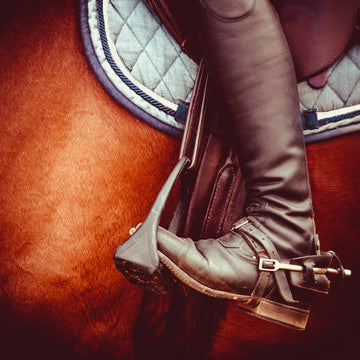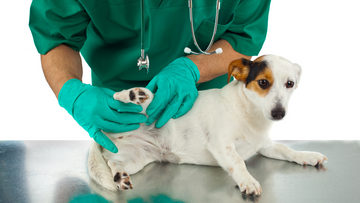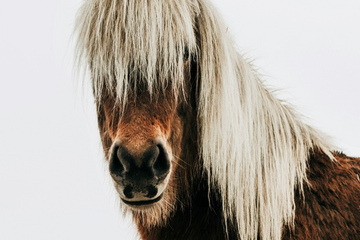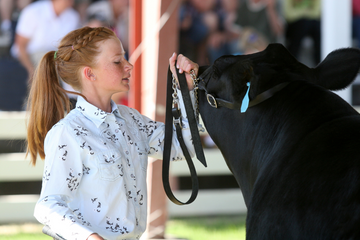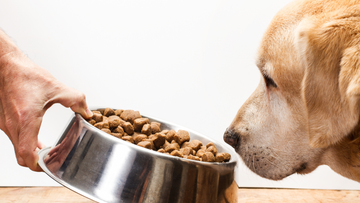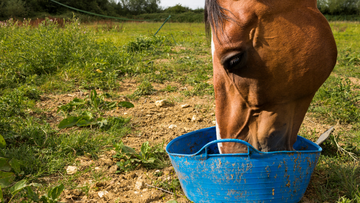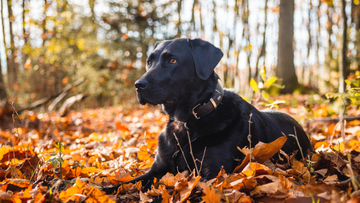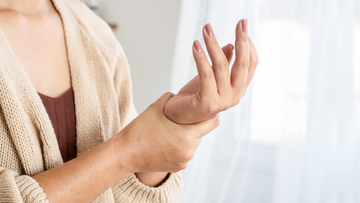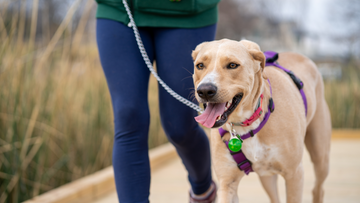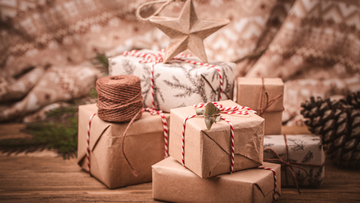
All horses are taught to move off of leg pressure. Leg pressure will tell the horse to move forward or over. Spurs are used as an aid to help enhance leg pressure cues. If not used properly, they can actually do more bad than good by causing the horse pain and stress. Here are some ways to help you use spurs properly:
- Not every horse needs to be ridden with spurs. Some horses are super sensitive or high-energy. Using spurs on these horses can actually cause them to become too stressed.
- Young or green horses should be taught to move from leg pressure, not from spurs. Horses should be trained with leg pressure then spurs should only be used as an aid.
- Horses can become sour or dull to spurs if they have been used improperly. A riding crop might actually work just as well as a set of spurs.
- Start soft. Most novice riders shouldn’t use spurs until they really know how to ride. If you accidentally bump your horse with your spur into the ribs or flanks, there could be unexpected consequences.
- Give your horse plenty of opportunities before you go straight to the spurs. Start by squeezing your calf, then press with your heels if necessary. Spurs should only be used if your horse is ignoring your leg.
- Do not “hug” your horse with your legs when using spurs. When you need to use your spurs, turn your toe out slightly and angle the spur towards your horse’s side.
- You may have to slightly raise your heel to be in contact with your horse. This is normal but if you are constantly compromising your position then you may need a spur with longer shanks.
Spurs are just an aid to riders. They should only be used when necessary. Be sure you are a strong enough rider to earn your spurs. They can be a huge asset!
For more information on using spurs properly, visit:
http://www.horsechannel.com/western-horse-training/use-spurs-properly.aspx
 All horses are taught to move off of leg pressure. Leg pressure will tell the horse to move forward or over. Spurs are used as an aid to help enhance leg pressure cues. If not used properly, they can actually do more bad than good by causing the horse pain and stress. Here are some ways to help you use spurs properly:
All horses are taught to move off of leg pressure. Leg pressure will tell the horse to move forward or over. Spurs are used as an aid to help enhance leg pressure cues. If not used properly, they can actually do more bad than good by causing the horse pain and stress. Here are some ways to help you use spurs properly:





